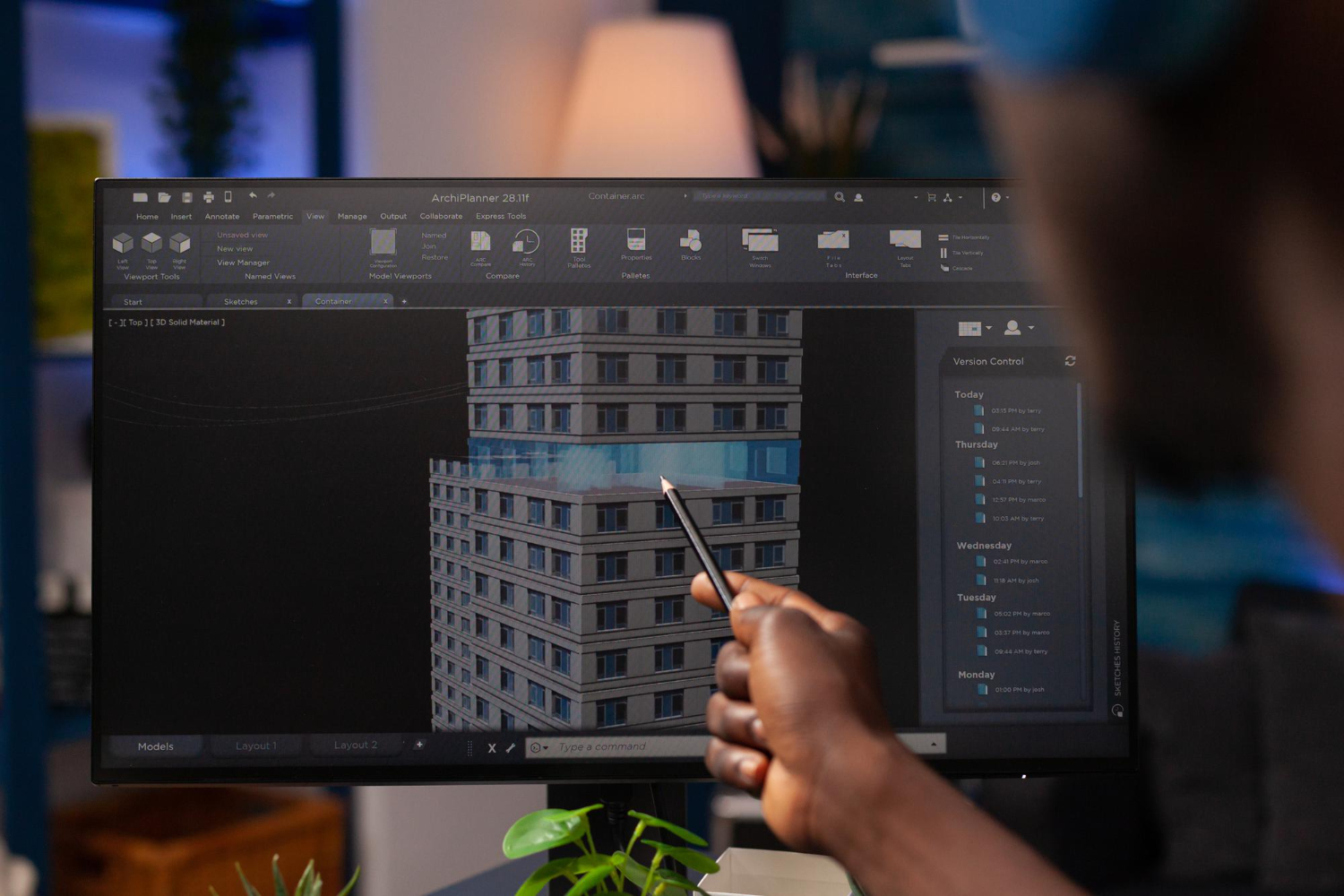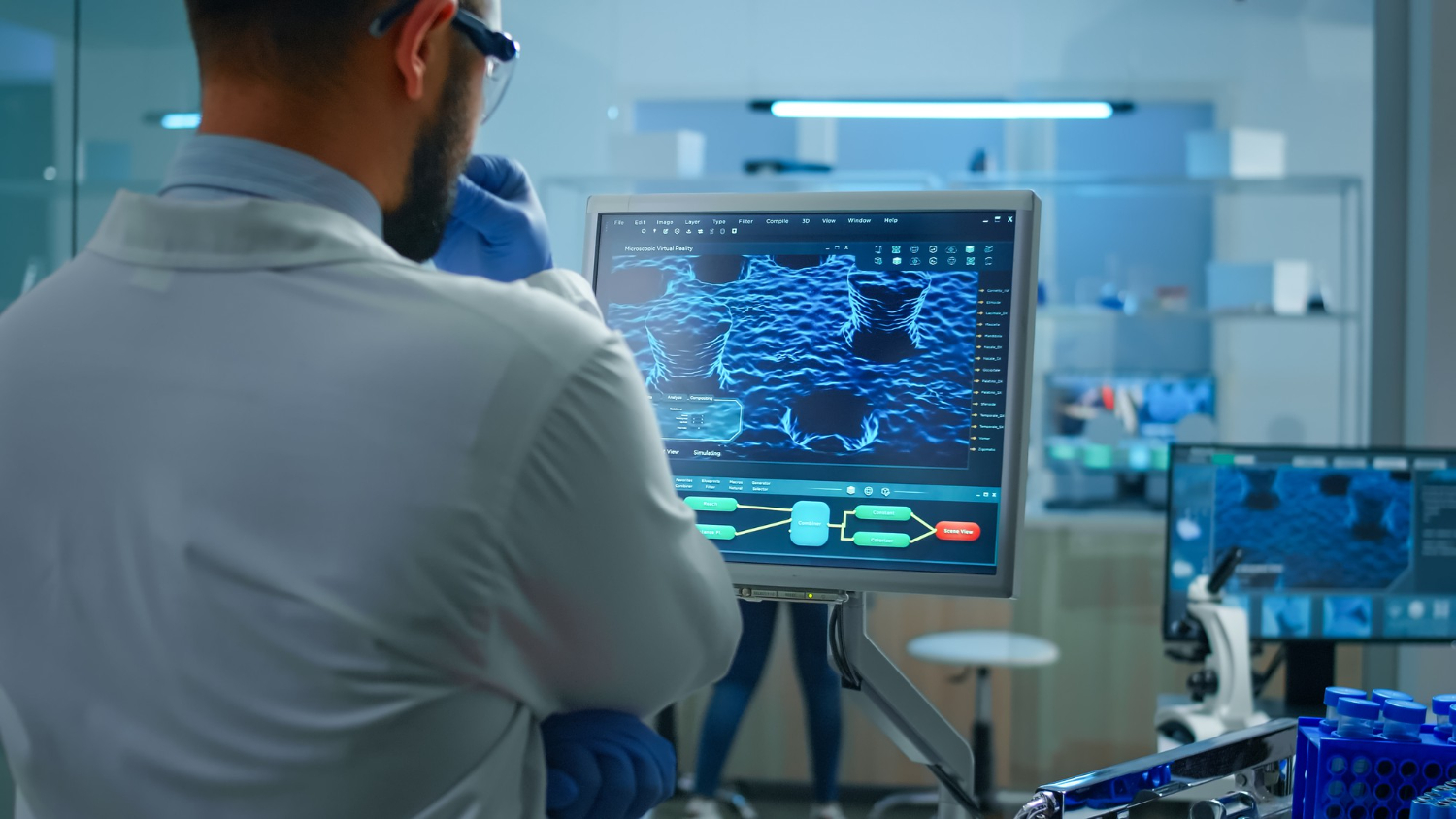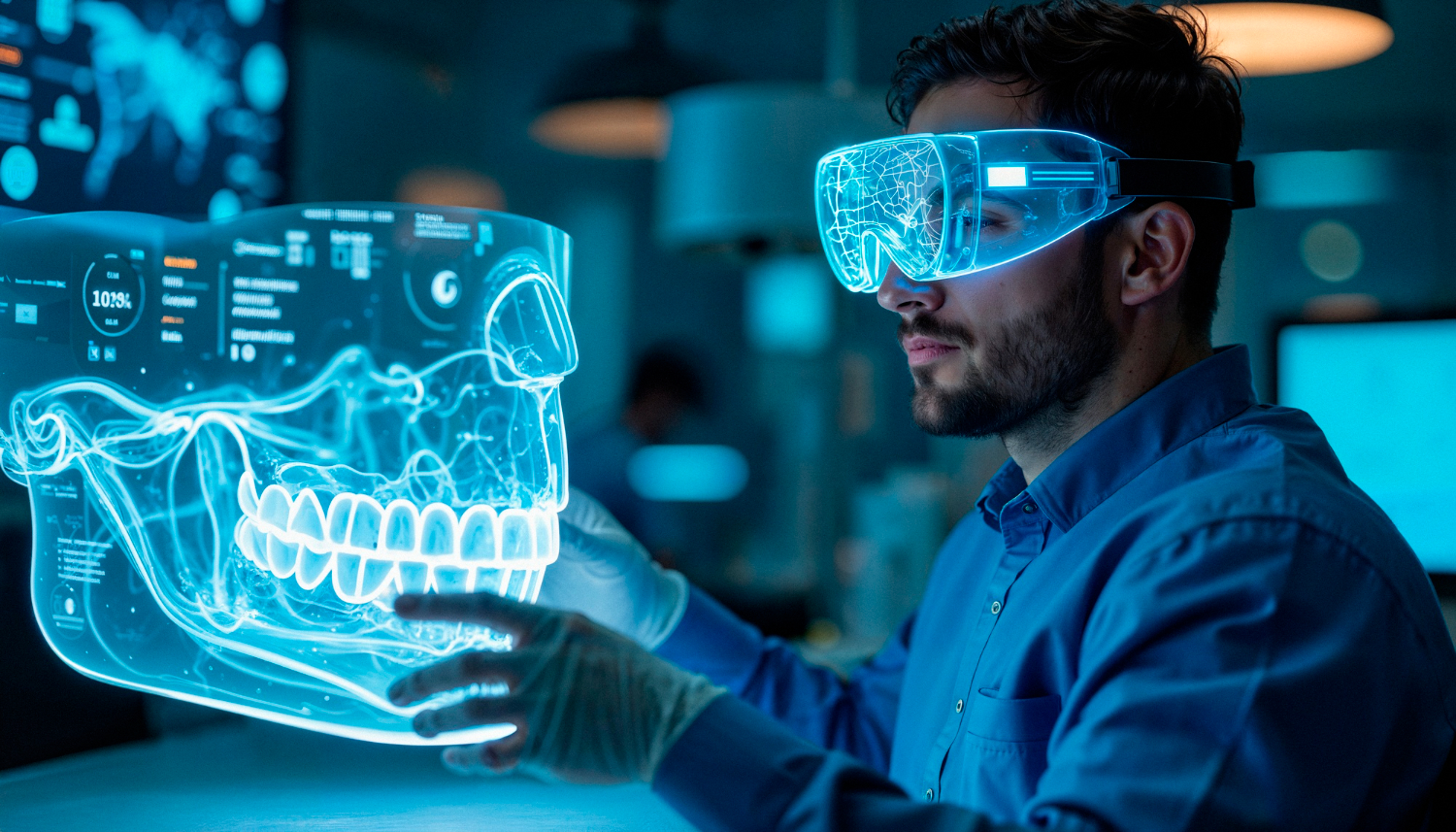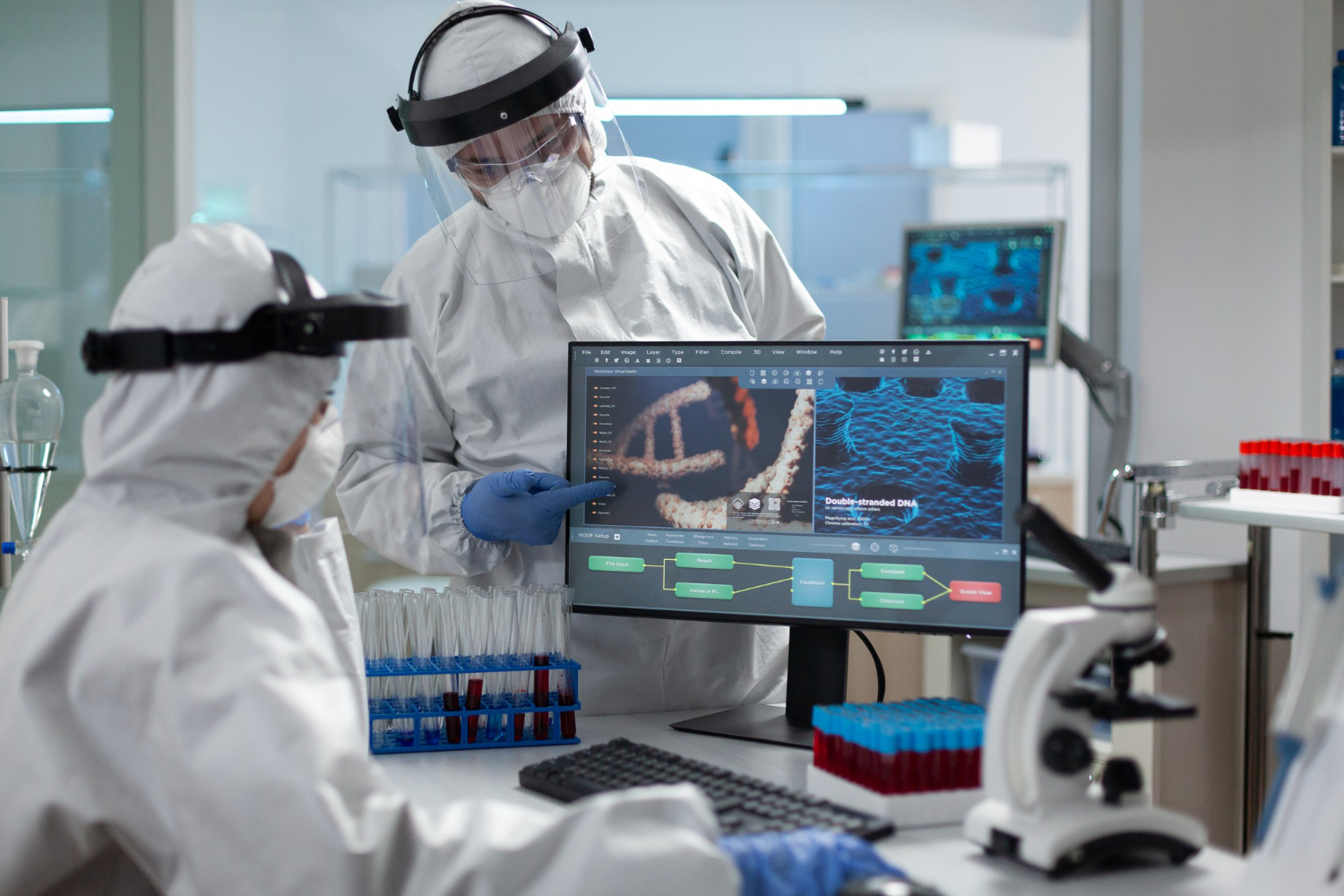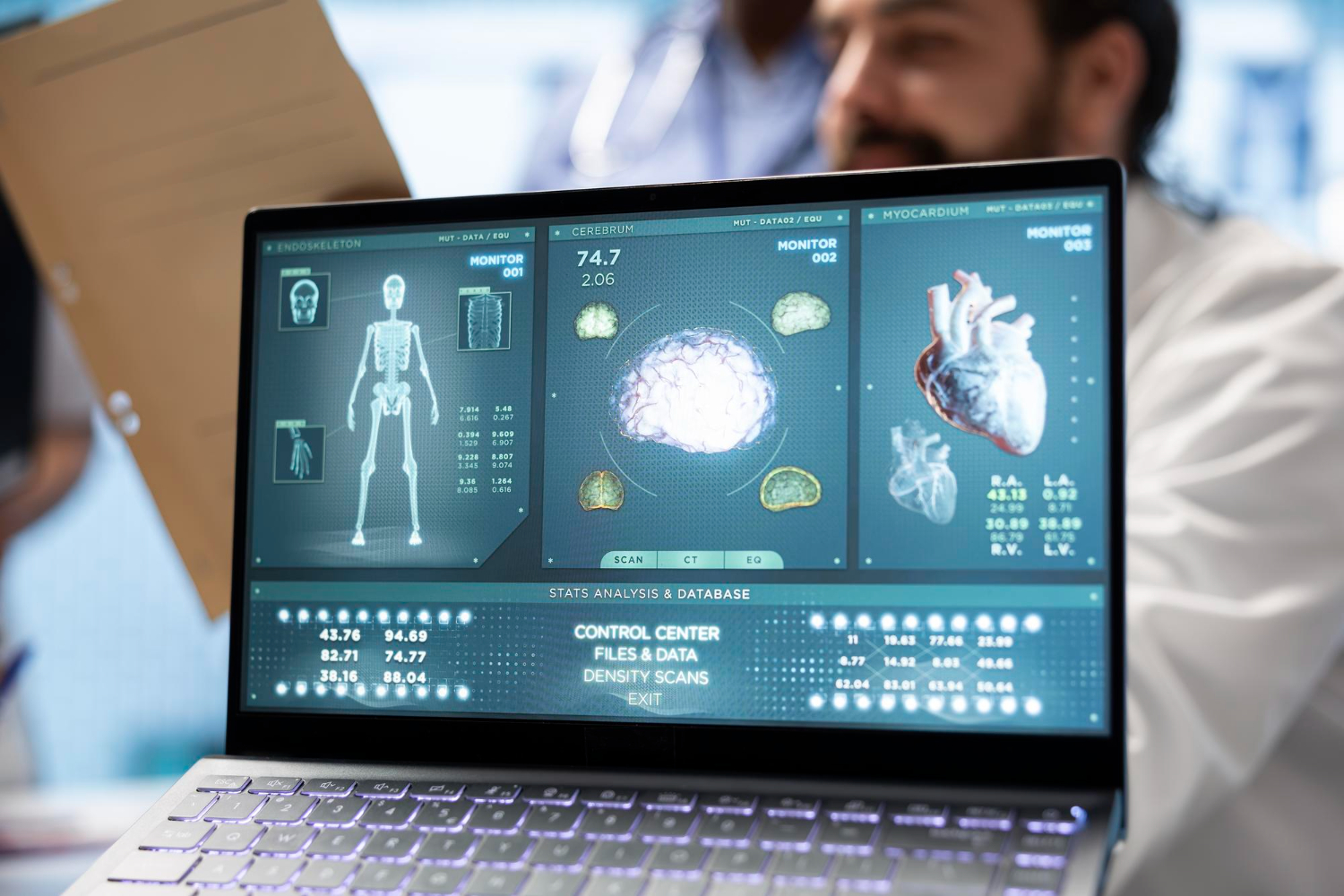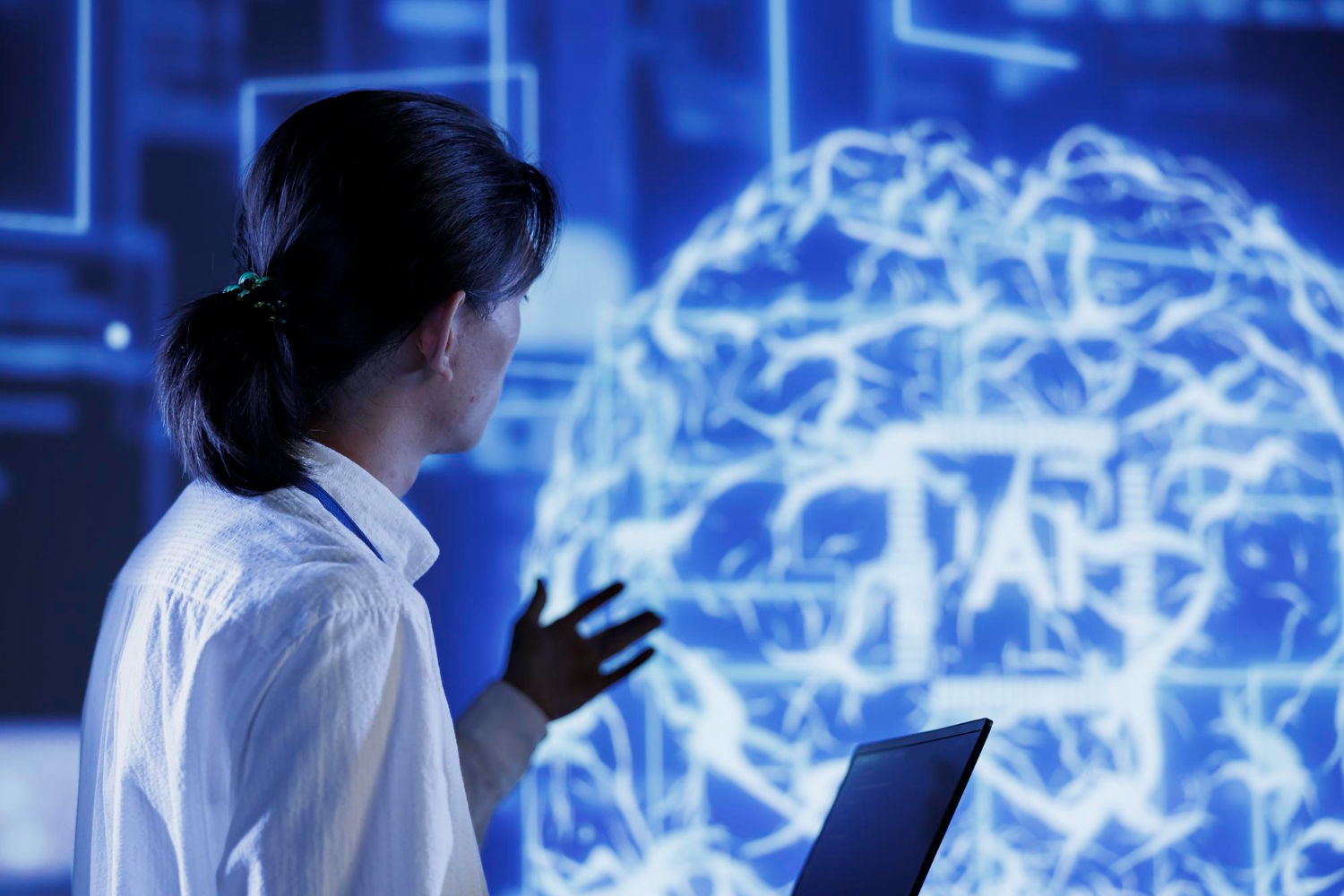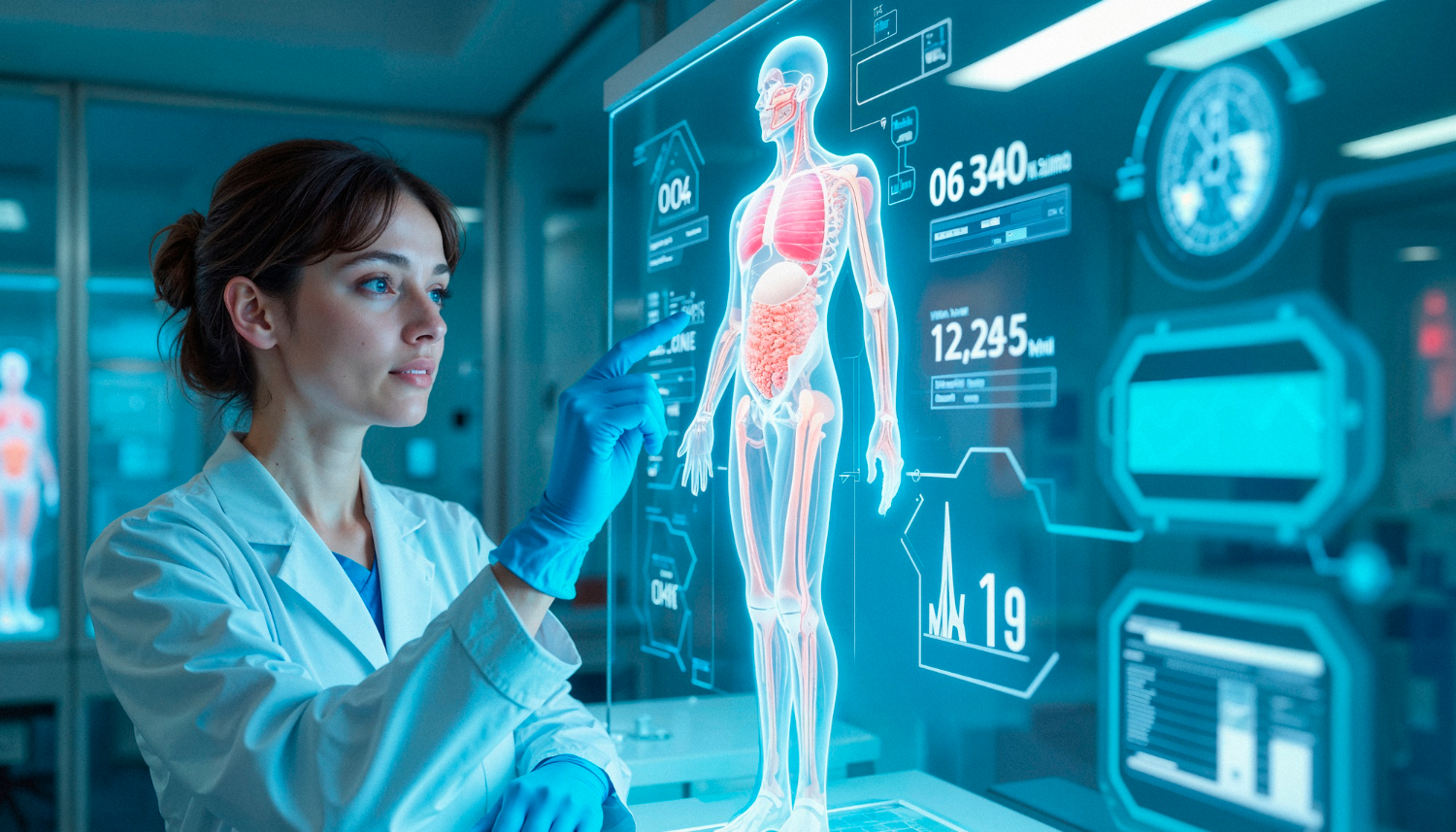Introduction
The concept of 3D inanimate things has been around for many years. There is no way you have not seen a sci-fi film where people have a video call with a hologram or watch a 3D recording of a specific queen asking Obi-Wan Kenobi for help. Surely, holograms are cooler than phones, and we are talking about films, yet the technology required for that to happen in a wide range of applications is almost here. Simply put, the two necessary aspects are adequate scanning and projection that allow for efficient, detailed reproduction of matter. Naturally, with the spread of Artificial Intelligence (AI) in different fields, commercialising scanning and projection is not limited to making calls but expanded to many industries that use 3D models, ranging from manufacturing to gaming with generative AI applications like extended (XR), augmented (AR), virtual (VR), and mixed reality (MR).
Computer Vision (CV) is the technology that allows machines to mimic human vision. Using cameras, optical data is encoded and translated into numeric, after which it can be analysed, categorised, or identified. Although the Internet of Things (IoT) has been around for a while, IoT edge computing and the rise of smaller, powerful devices allow users to process a large amount of data locally rather than sending them to a remote server. To this end, GPU acceleration is crucial due to the capability of GPUs to process multiple threads simultaneously, offering a much better performance-to-consumption ratio compared to traditional CPUs. The result is nothing short of high-quality real-time processing wonders.
Applications of Custom AI in Industries
Architecture
When it comes to 3D modelling, AI models and Machine Learning (ML) are the keys to automating and enhancing the 3D modelling process by enabling rapid generation and modification of complex models. For instance, tools like Autodesk Dreamcatcher utilise generative design to develop optimal designs based on user input, streamlining the modelling workflow and reducing the time required for traditional techniques. AI-driven software can also automate tedious tasks such as lighting and texturing, allowing users to focus on creative aspects rather than technical details, ultimately enhancing user experience and engagement with the project (Fitzmaurice, n.d.). Most likely, architecture is the first thing that comes to mind when talking about 3D modelling, yet there are many other fields where 3D models are of high importance, including:
Read more: AI in Architecture: Structure Beyond Limits
Aviation
One of the well-known simulator games out there is the Microsoft Flight Simulator. It is so famous not just because it is accurate cockpit-wise but because the scenery is amazing. All airports and cities are modelled to the last detail, and this is why people choose it instead of other simulators, despite the high requirements and the price tag (Flightsimulator, 2024). Wait, did you know that such programmes are not just for fun? If not all, most pilot academies in the United States use these as means of preliminary education for cadets. This gives them a significant advantage to practice in a safe matter, plus they can emulate all weather conditions, such as fog and icy or humid runways. Of course, this technology is not limited to commercial aviation. Air forces and artillery branches from different countries also use it to train cadets. Of course, you do not exactly feel the Gs, despite the immersive experience of VR glasses, but if you knew how much it costs to fly a fighter jet, you would surely prefer this method. As you understand, the better the 3D models in the simulation, the better the defence mechanism overall.
Read more: Propelling Aviation to New Heights with AI

Healthcare
If you have been with us for a while, you might have read our article on AI in Bioinformatics. If not, we would like to point out that one of the great achievements of generative AI is the ability to make predictions on proteins. However, that is not the prom queen. In April 2023, scientists at Duke University managed to map the entire mouse brain in extremely high resolution (Duke Today, 2023). Mice are important to healthcare due to their anatomical, physiological, and genetic similarity to humans. Now that their entire brain is mapped in high quality, who knows how AI can aid them in mapping the human brain? Keep in mind that mapping is not the endgame but a means to an end. If we had a digital twin of the human brain, can you imagine how many simulations of treatments we could run?
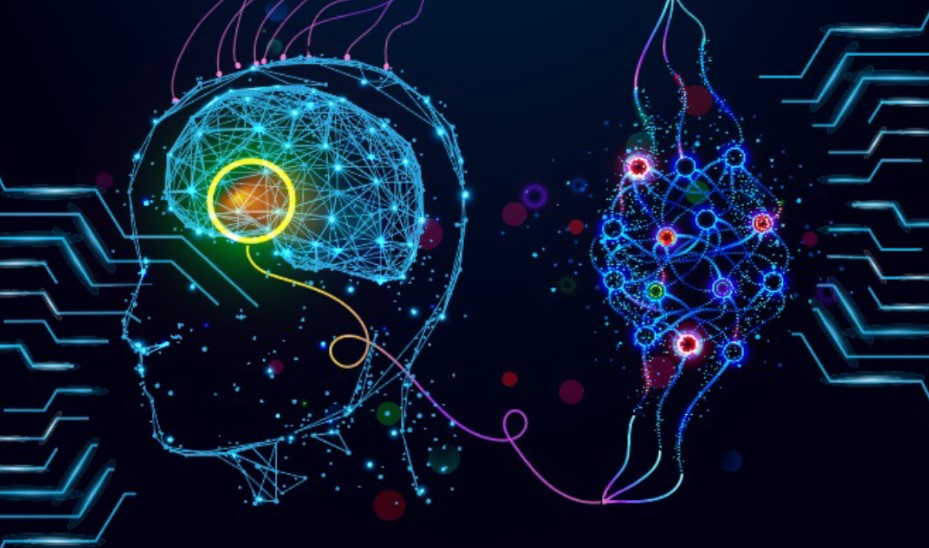
Logistics
Whenever you place an order from abroad, your package goes through a vast global network and changes many hands. But if you consider how many people place online orders daily, you would be surprised! Companies and supply chains have found ways to automate parcel storage and dispatch using AI methods. Let’s take CV, for example. Most modern storage facilities are equipped with robots to move packages around. These robots use CV to navigate miles of shelves and extract useful information that can be used to locate your parcel at the right time for delivery.
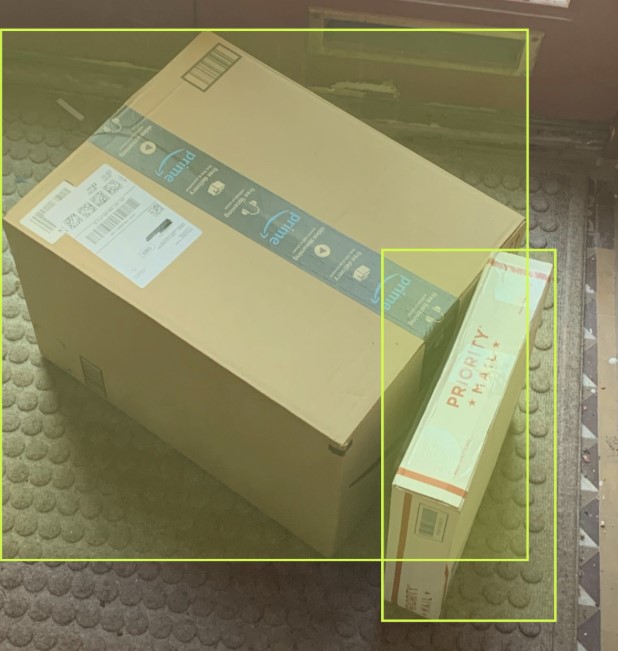
Psychology
In our article on AI in Psychology, we mentioned how generative AI and Natural Language Processing (NLP) chatbots can be used to serve as your own mental health guru. As we disclosed in our article on Alan Turing, sometimes it is difficult for a human to understand if they are conversing with a machine, and there is also a limit to what a machine can compute. Yet, the Universal Turing Machine has taught us that any machine can compute anything, given the right instructions. What if the chatbot was not limited to a conversation but could ‘read’ the patient? Through 3D scanning and CV, the same AI chatbot could identify each of the 10000 expressions humans make, potentially recognising feelings and even personality disorders!
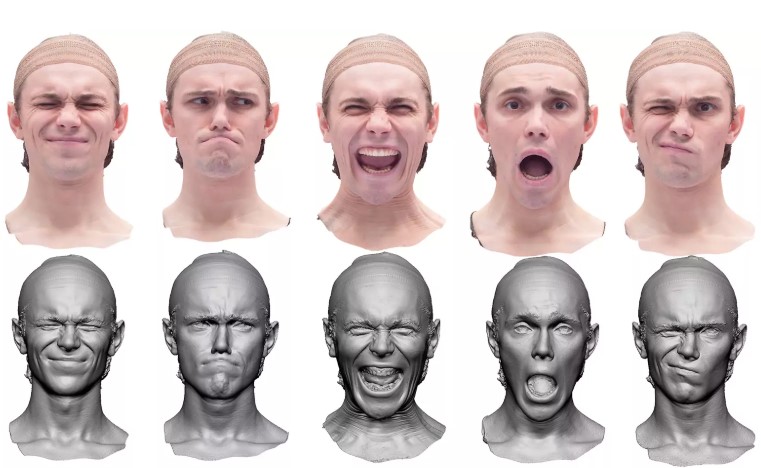
3D Printing
Owning a 3D printer allows you to create the most amazing prints of, well… anything. There are so many open-source designs to choose from! Well, if you ever get your hands on one, keep in mind that 3D printing comes with some downsides, the biggest of which is flaws during configuration. One mistake and the filament and the time you needed to wait to go to waste. AI is here to revolutionise 3D printing technology. Using machine learning algorithms, AI can analyse data from previous prints and simulations to identify optimal printing parameters such as speed, temperature, and layer thickness, leading to improved print quality and reduced material waste (3DX Additive Manufacturing, 2023). This includes not only household prints, but also commercial ones, including industries like aerospace and automotive, where material quality can be crucial (Team, 2024).
AI: Scan Speed Enhancer
So far, it should be clear that AI significantly enhances the accuracy and speed of 3D scanning technologies, making them vital for various real-world applications. Using advanced algorithms, AI improves data processing and noise reduction, resulting in highly accurate 3D models essential for various fields. For instance, modern scanners such as the iScanMagic can capture between 1,350,000 and 1,650,000 measurements per second, drastically reducing scanning time compared to traditional methods while maintaining high precision levels of 0.01 mm (Metrology, 2024). Additionally, AI facilitates the integration of colourised 360° images with scanned data, which not only accelerates workflows but also enhances the clarity of object geometries for better analysis (Hawkins, 2023).
Summing Up
The concept of 3D modelling, scanning, and projection has been around for a while. It has now become a reality, with applications ranging from architecture and logistics to healthcare and aviation. We get to see the transformation of a large number of industries in such a way that everything has become more efficient, user-friendly, and safe. Is this the endgame? Let’s just say that we are thrilled to see what the future holds!
What we offer
At TechnoLynx, we know what it means to be a pioneer, so we are always excited to offer AI solutions custom-tailored to every company’s needs. Our services are designed on demand from scratch, addressing tasks for each project individually. What distinguishes us is our ability to successfully deliver high-level custom software engineering services while ensuring human-machine interaction safety. We specialise in custom software development, managing and analysing large amounts of data while at the same time addressing ethical considerations.
We empower any given field and industry with our technological expertise, implementing AI solutions in 3D modelling, scanning, and projecting because we understand how beneficial AI can be to any business, increasing efficiency while reducing cost. We enjoy the challenge of the ever-changing AI landscape because we know we are up to it. Don’t hesitate to contact us. We know that our solutions are the best!
List of References
-
3DX Additive Manufacturing (2023) – Building a Smarter Tomorrow: The Role of AI in Optimizing 3D Printing (Accessed: 3 January 2025).
-
Duke Today (2023) – Brain Images Just Got 64 Million Times Sharper (Accessed: 3 January 2025).
-
Editor, K.M.P. (2024) – ‘API Adds Two Groundbreaking 3D Laser Scanners To Its Scanning Portfolio’, Metrology and Quality News - Online Magazine.
-
Fitzmaurice, G. (n. d.) – Project Dreamcatcher: Generative Design Solutions in CAD, Autodesk Research (Accessed: 3 January 2025).
-
Freepik. (n.d.) - Architect engineer pointing at architectural building prototype analyzing construction model on computer. Businessman designer working remote from home at real estate project modeling sketch. DC Studio
-
Hawkins, C.L.E. (2023) – Artificial Intelligence Adding New Depths to 3D Scanning . Nasdaq (Accessed: 3 January 2025).
-
Microsoft (2024) – Microsoft Flight Simulator (Accessed: 3 January 2025).
-
Roboflow (2021)– Using Computer Vision to Detect Package Deliveries. Roboflow Blog (Accessed: 4 January 2025).
-
Team, E., DMS – (2024) How AI is Shaping 3D Printing (Accessed: 3 January 2025).
-
Twin3d (n.d.) – 3D Face Scanning . 3D Head Scan.
-
Vaccar, S. (n. d.) – Advancing dynamic brain imaging with AI (Accessed: 4 January 2025).

